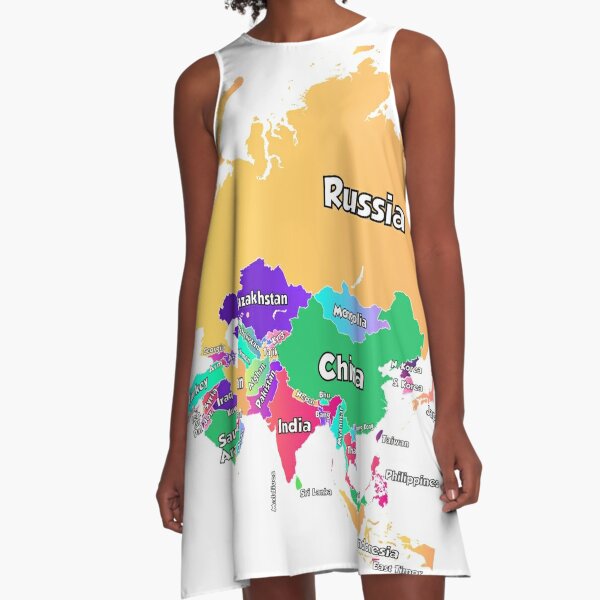In the ever-evolving world of fashion, trends come and go, but some concepts endure across decades and cultural shifts. One such concept is patriotism. Over the years, patriotism has been a recurring theme in fashion, often emerging during times of national pride or significant events. But in today’s globalized and increasingly diverse society, a question arises: Does patriotism still sell in fashion? This article delves into the historical and contemporary aspects of patriotic fashion, examining its relevance and appeal in the modern market.
The History of Patriotism in Fashion
Does patriotism still sell in fashion? Patriotic fashion is not a new phenomenon. Its roots can be traced back to various points in history where clothing was used as a medium to express national pride. During wartime, for instance, military-inspired fashion became popular, with civilians donning uniforms and accessories reminiscent of their nation’s armed forces. This trend not only served as a morale booster but also as a symbol of unity and support for the troops.
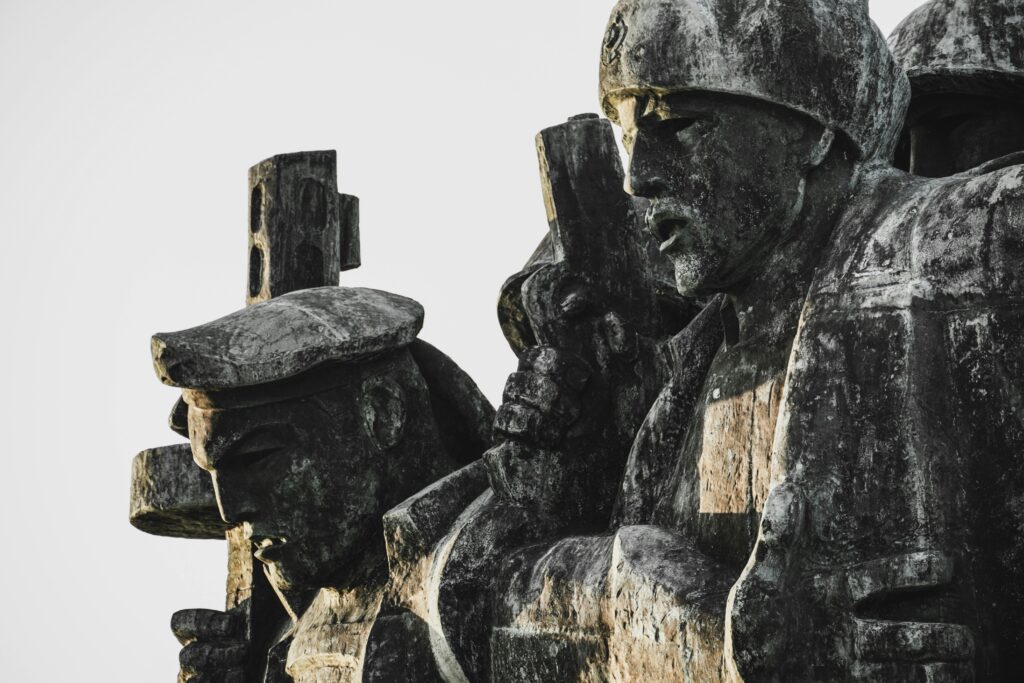
In the post-war era, the influence of national symbols in fashion grew. The use of flags, national colors, and emblems became common, particularly during celebrations and national holidays. This trend was evident in many countries, from the American flag-inspired designs in the United States to Union Jack motifs in the United Kingdom.
Iconic Examples of Patriotic Fashion
Military-Inspired Fashion
Military-inspired fashion has always been a significant part of patriotic clothing. Elements like camouflage patterns, khaki colors, and military badges have been used in various collections to evoke a sense of strength and resilience. This style often resurfaces during times of conflict or national celebration, serving as a tribute to the armed forces.
National Symbols in Design
The use of national symbols, such as flags, has been a prominent feature in patriotic fashion. Designers often incorporate these symbols into their collections, creating pieces that resonate with a sense of national identity. The American flag, for example, has been a staple in fashion, seen in everything from denim jackets to swimwear.
Celebrity Influence and Iconic Moments
Celebrities have played a crucial role in popularizing patriotic fashion. Iconic moments, such as Bruce Springsteen’s “Born in the U.S.A.” album cover, where he wore a simple white T-shirt and blue jeans with an American flag in the background, have cemented patriotic clothing in popular culture. These moments often spark trends and inspire fans to adopt similar styles.
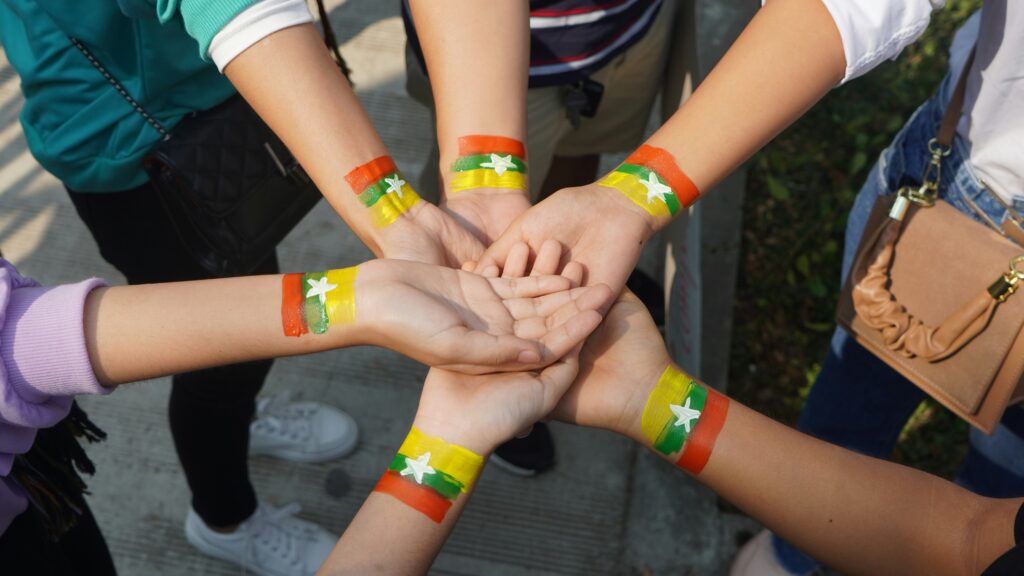
The Role of Cultural Identity and National Pride
Cultural identity and national pride are closely linked to the concept of patriotic fashion. Clothing becomes a means of expressing one’s heritage and allegiance to their country. This expression can be seen during national events, such as Independence Day celebrations, where people often wear clothing that reflects their national colors and symbols.
Patriotic Fashion in Different Countries
United States
In the United States, patriotic fashion is deeply intertwined with the country’s history and culture. The American flag, in particular, has been a powerful symbol in fashion. From the rebellious punk era today, the flag has been used in various ways to express pride and dissent.
United Kingdom
In the UK, the Union Jack is a popular motif in fashion. It has been embraced by different subcultures, from the mods of the 1960s to the punk movement of the 1970s. The flag’s bold design has made it a versatile symbol in fashion, used in everything from clothing to accessories.
Japan
Japanese patriotic fashion often incorporates traditional elements, such as the rising sun flag, or symbols of cultural significance like the cherry blossom. These designs are blended with modern fashion trends, creating unique and stylish expressions of national pride.
Brazil
In Brazil, patriotic fashion often features the country’s vibrant colors and symbols, such as the green and yellow of the national flag. This style is particularly popular during events like the Carnival and football matches, where national pride is celebrated with exuberance.
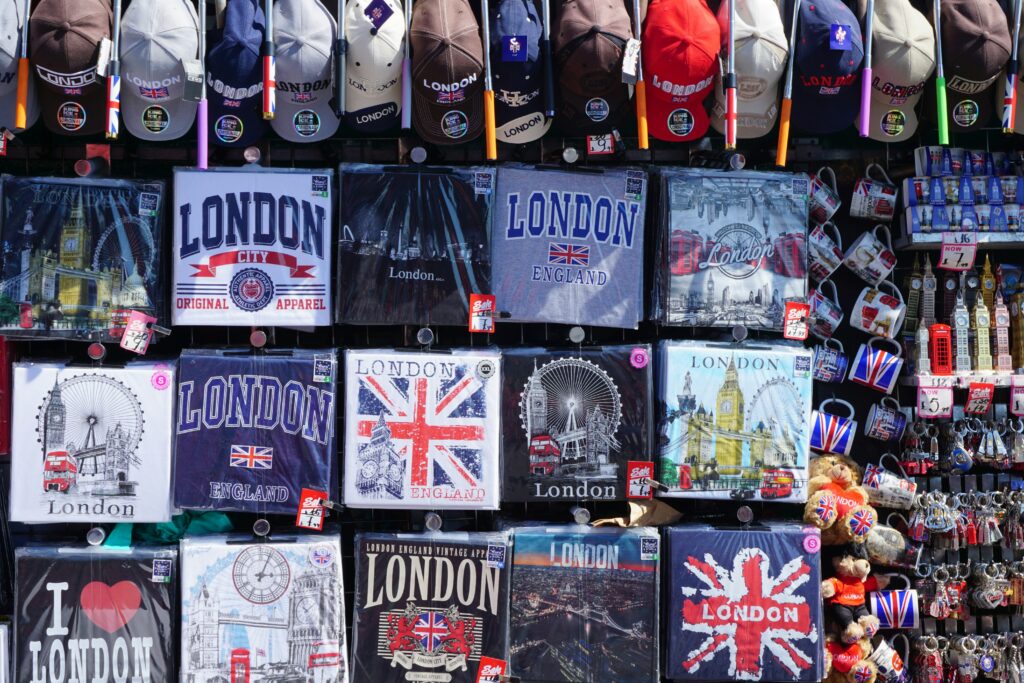
Patriotism in Fashion Today
Current Trends and Designs
Does patriotism still sell in fashion? Today, patriotic fashion remains relevant, though it has evolved to reflect modern sensibilities. Designers are exploring more subtle and innovative ways to incorporate national symbols into their collections. This includes abstract representations and minimalistic designs that appeal to a broader audience.
The Role of Social Media
Social media has played a significant role in the resurgence of patriotic fashion. Platforms like Instagram and TikTok have allowed individuals to showcase their patriotic outfits, inspiring others and spreading trends quickly. This has led to a more dynamic and diverse expression of patriotism in fashion.
Consumer Perception and Demand
Consumer perception of patriotic fashion has also shifted. While some see it as a way to express pride and unity, others are more critical, viewing it as potentially exclusionary or politicized. This dichotomy reflects broader societal trends and the complex nature of national identity in a globalized world.
The Commercial Appeal of Patriotic Fashion
Marketing Strategies
Brands have long recognized the commercial potential of patriotic fashion. Marketing strategies often revolve around national events, such as Independence Day or the Olympics, where there is a heightened sense of national pride. These campaigns often emphasize the brand’s connection to national heritage and values.
Major Brands and Collaborations
Major brands frequently collaborate with artists and designers to create limited-edition patriotic collections. These collaborations often highlight the country’s cultural heritage and are designed to appeal to consumers’ sense of nostalgia and pride. Brands like Ralph Lauren and Tommy Hilfiger have been particularly successful in this arena.
The Impact of Events and Holidays
Events and holidays play a crucial role in the popularity of patriotic fashion. During times of national celebration, there is a surge in demand for clothing and accessories that reflect the occasion. This trend is evident in sales spikes during events like the Fourth of July in the United States or Bastille Day in France.
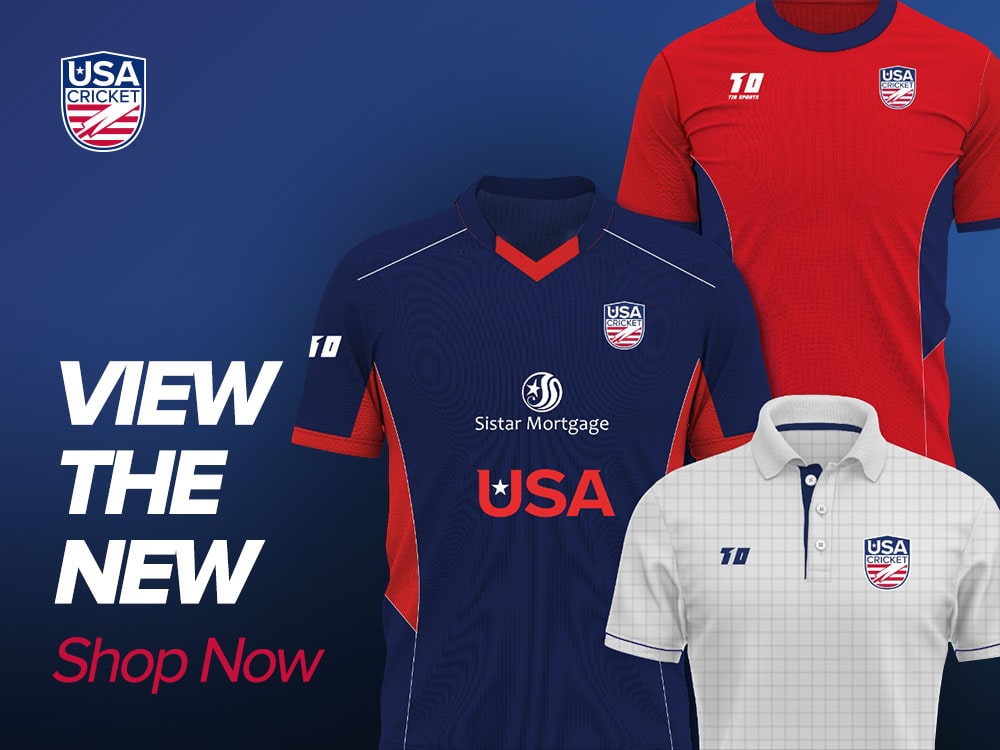
Controversies and Criticisms
Exploitation of Patriotism
One of the main criticisms of patriotic fashion is that it can be seen as exploiting national pride for commercial gain. This exploitation can lead to accusations of insincerity or pandering, particularly if the brand’s connection to the country is tenuous or nonexistent.
Cultural Appropriation Concerns
Another concern is the potential for cultural appropriation. When patriotic symbols or traditional clothing are used out of context or without understanding their significance, it can lead to accusations of disrespect or insensitivity. This issue is particularly relevant in multicultural societies where symbols may have different meanings for different groups.
Political and Ethical Implications
Patriotic fashion can also be politically charged. In some cases, it may be used to make a political statement or align with specific ideologies. This can create ethical dilemmas for consumers who may not want to be associated with certain political views but still want to express their national pride.
Sustainability and Ethical Considerations
As with all fashion, sustainability is a growing concern in the realm of patriotic clothing. The production of these garments should align with ethical standards, including fair labor practices and environmentally friendly materials. Consumers are increasingly looking for brands that not only celebrate national pride but also prioritize ethical and sustainable practices.
Future of Patriotic Fashion
Predictions and Emerging Trends
The future of patriotic fashion will likely continue to evolve, reflecting broader societal changes. As globalization increases and cultural identities become more fluid, how people express patriotism through fashion will also change. We may see a move towards more inclusive and diverse representations of national pride.
Influence of Globalization
Globalization has had a profound impact on fashion, and patriotic clothing is no exception. The blending of cultures and the rise of international fashion trends mean that expressions of national pride are becoming more diverse and nuanced. This trend is likely to continue, with designers drawing inspiration from a wider range of cultural sources.
Case Studies: Does patriotism still sell in fashion?
Successful Campaigns
Some of the most successful patriotic fashion campaigns have managed to strike a balance between celebrating national pride and maintaining a modern, stylish aesthetic. For example, Ralph Lauren’s Olympic collections have been widely praised for their tasteful use of American symbols and high-quality craftsmanship.
Controversial Moments
However, not all attempts at patriotic fashion have been well-received. There have been instances where brands have faced backlash for perceived insensitivity or misrepresentation. For example, instances where traditional attire has been used inappropriately have sparked controversy and debate.
Consumer Perspectives
Survey Insights and Data
Surveys and market research indicate that while there is still a demand for patriotic fashion, consumers are increasingly looking for authenticity and ethical production practices. They want to support brands that align with their values and offer genuine expressions of national pride.
Personal Stories and Testimonials
Many consumers have personal stories about why they choose to wear patriotic clothing. These stories often reflect a deep connection to their cultural heritage or a desire to celebrate a particular aspect of their national identity. These personal narratives add a rich layer to the understanding of patriotic fashion.
Conclusion
The question “Does patriotism still sell in fashion?” is a complex one. While there is no doubt that patriotic fashion continues to hold a place in the industry, its appeal is influenced by a variety of factors, including cultural identity, consumer perceptions, and ethical considerations. As the world becomes more interconnected, how people express their patriotism through fashion is also evolving. Whether it’s through subtle nods to national symbols or bold, iconic designs, patriotic fashion remains a powerful way for individuals to connect with their cultural heritage and express their national pride.
